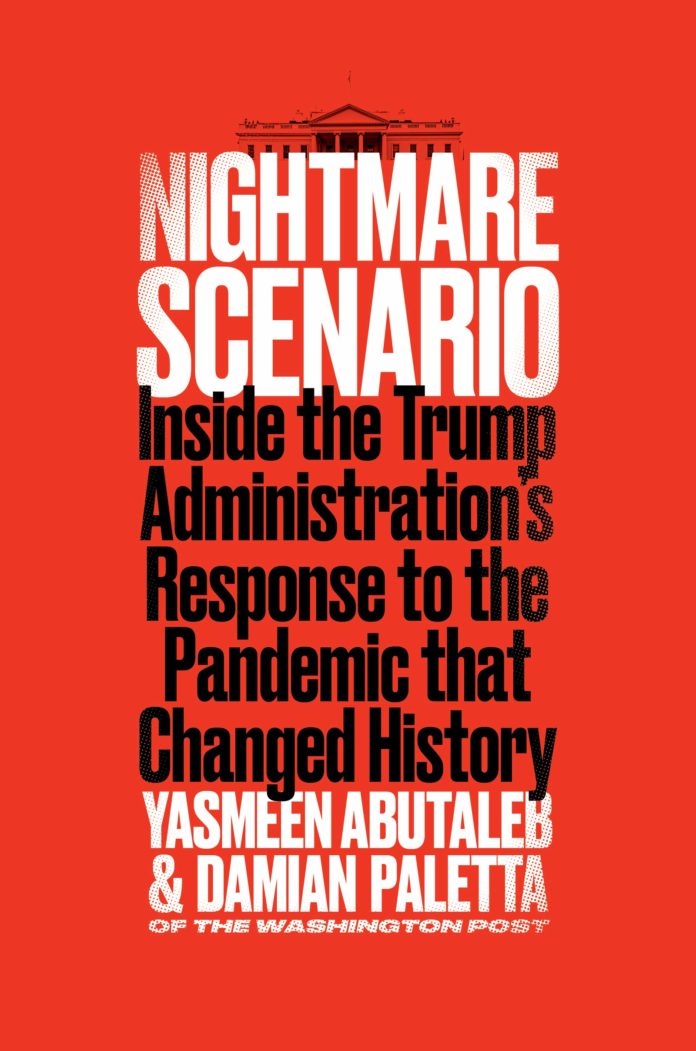“Between election day and January 20, 2021, Trump’s last day in office, COVID19, killed another 160,000 Americans. Trump said almost nothing about the virus in those ten long weeks. The country would surpass 300,000 new cases and 4,000 deaths in a single day. Americans were dying faster than at any other period in US history.” quote from Nightmare Scenario: Inside the Trump Administration’s Response to the Pandemic That Changed History
In the next two weeks, the global pandemic will officially turn 18 months old. In many ways, it seems much longer. The story of the past 18 months includes not only the struggle with the coronavirus but a bizarre rise in culture wars revolving around topics such as facemasks, vaccines, lockdowns, and more. It has been a period of crisis and surging extremism by both sides of the contested issues. Positions that once would have been considered excessive, like corporate mandates on vaccines or refusal to wear facemasks as a signal of personal rights, are now accepted as the status quo within the ever-polarizing reality of our daily life.
This video is from Friday night out of Miami International Airport. Nothing abnormal here.
In the last three months, a series of new books came out that documented the story of the pandemic. It is probably too early for a real history of the pandemic. We don’t even have accurate numbers of infections, hospitalizations, and coronavirus deaths in many parts of the world. (The real numbers are much higher than is currently being reported.)
Still, I wanted to review the historic times we are living within.
Although there are several good books out there, in the end, I opted for Nightmare Scenario: Inside the Trump Administration’s Response to the Pandemic That Changed History by Yasmeen Abu Taleeb. I listened to an interview with the author and was specifically intrigued by the insights of what took place behind the scenes when President Trump tested positive for the virus.
I don’t believe it is possible to write a completely unbiased story of this nature in such proximity to the time of the events themselves. That said, this is not an anti-Trump story. Nightmare Scenario tells the story of the political history as the pandemic unfolded from the beginning of 2020 to the end of the year.
I was surprised how much I already forgot about the events of the last 18 months. For much of the first year of the pandemic, I kept a personal daily log of significant events that took shape during that historical time, but this book informed me of things I missed along the way.
For example, President Trump’s surge anti-Chinese rhetoric at one point in the pandemic followed an effort by the Chinese government to cast the pandemic as originating from Americans. I was not aware of that motive in the former President’s rhetoric.
In various podcast episodes, I have said many times that I did not think any US President could have escaped this crisis. The nature of a crisis is that it is unexpected. The surprise hit of the pandemic on the US and worldwide resulted in devastating losses of life and changed the way Americans think and respond to leadership and one another.
But I also recall prior crises, like the attacks on 9/11, when the devastation of the moment brought Americans together. I remember the sense of unity and resolve when President Bush gathered with rescue workers at Ground Zero. I remember members of the US Congress gathering on the capitol steps and singing God Bless America together. That moment never came in this pandemic crisis.
That has what has been so unique in the US experience with the coronavirus pandemic. The nightmare scenario was not the coronavirus itself. The nightmare scenario was the politicized and polarized response to the emergency that split and continues to split the country. The sundering of American society was not inevitable, and yet that is where we stand. Perhaps more than any President in modern history, President Trump was equipped to facilitate that split. That political division would not have worked without a receptive audience within American society, though.
More Americans died of the coronavirus pandemic between March 11, 2020, and January 20, 2021, than died in World War I and World War II combined. Yet, we continue to debate everything from facemasks, vaccines, lockdowns, and even the seriousness of the virus itself. That is not normal. That is historically abnormal.
For those interested in a look at the political history of the pandemic, Nightmare Scenario: Inside the Trump Administration’s Response to the Pandemic That Changed History by Yasmeen Abu Taleeb is a good place to start.
Find more book recommendations from JB Shreve & the End of History here.
